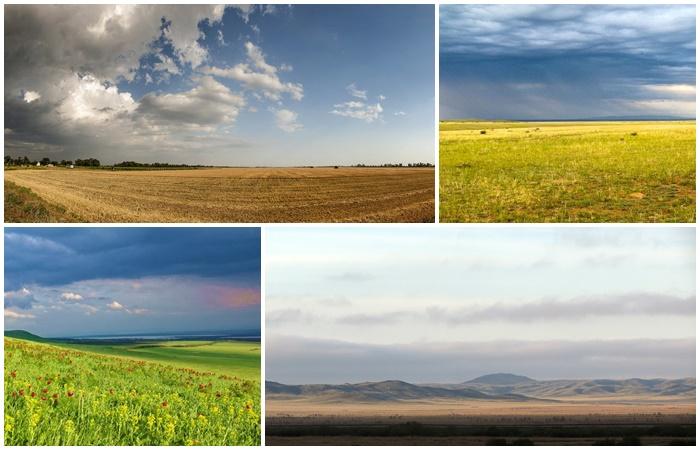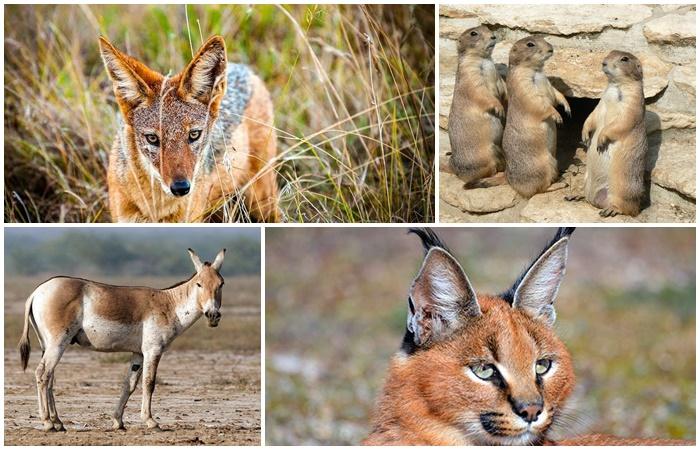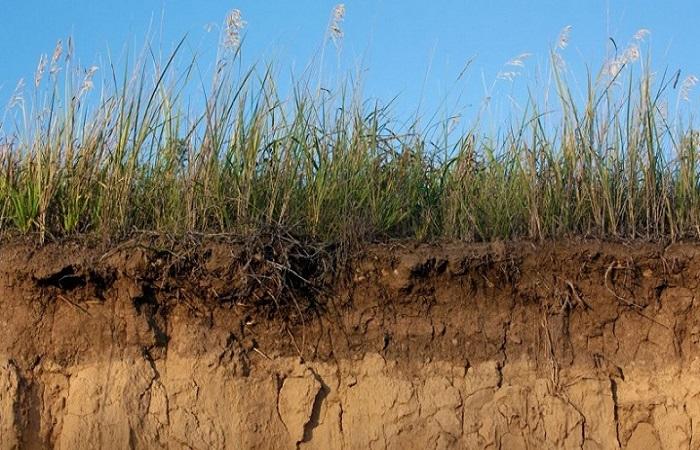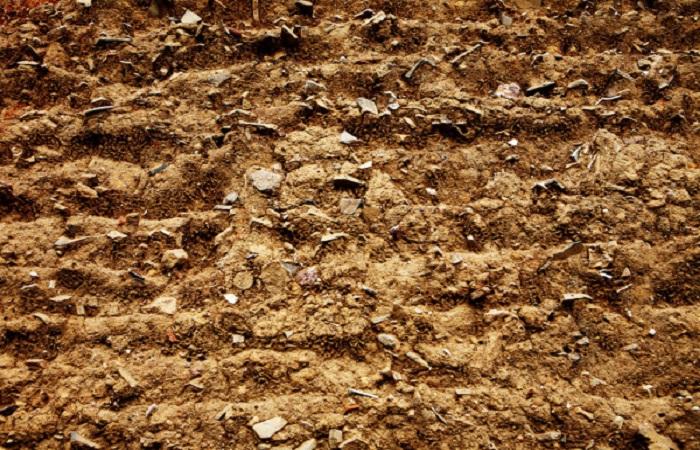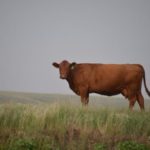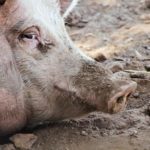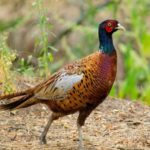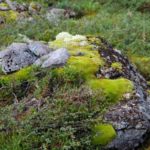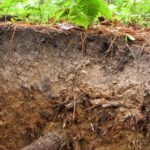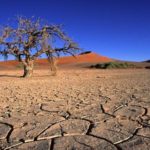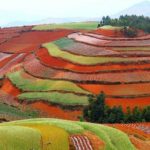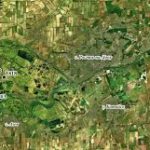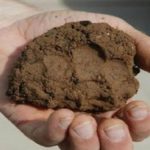The Russian steppe zone extends from the Black Sea to Altai and the Caucasus Mountains. It is partly located on the East European, partly on the West Siberian Plain. Let's consider the location, climate, main types of steppe soils, characteristic properties, what processes form them, how steppe lands are used in human economic activity.
Geographical location and types of steppes in Russia
The Eurasian steppe is located in the temperate zone and subtropics, stretching from west to east for thousands of kilometers.These are flat areas with dense grassy and shrub vegetation, there are almost no trees, most often they are found along river banks. In the north, the steppe borders on forest-steppe, in the south – on semi-desert lands and deserts.
The steppe soils have high fertility, and most of the area is plowed for agricultural use. This is where chernozems are found, which, however, differ in humus content. In ordinary chernozems the percentage of humus reaches 6-10%, in southern ones it does not exceed 6%, in chestnut soils it is even lower - 4-5%. Steppe soils have excellent physical properties and contain many nutrients sufficient for growing plants.
Steppe climate
The climate of the steppe zone can be temperate continental or continental. The average winter temperature of the East European Plain reaches -5 °C, and along the edges of the Western European Plain it can drop to -30 °C. In winter there is little snow and frequent winds. In spring, the snow melts quickly and there is little precipitation.
In summer, on average, the temperature reaches +25 °C, most days are sunny. The predominant amount of precipitation falls in spring and summer, but, nevertheless, the steppe climate is characterized by aridity. Dry winds can blow in summer. Autumn is moderately warm until November.
The climate of the southern steppes is milder due to southern winds, which bring moisture in summer and warmth in winter. In the western steppes in winter, severe frosts are not uncommon, the ground freezes deeply, and the snow cover is shallow. Summer is short, and frosts come early.
Flora and fauna
The main steppe vegetation is grasses belonging to the cereal family, wormwood and feather grass. They have powerful roots that allow plants to draw moisture from the lower layers of the soil and tolerate drought and heat well.Most types of vegetation have dark green and narrow leaves, which help reduce evaporation. Steppe vegetation includes honey plants: motherwort, alfalfa, sweet clover, phacelia, and buckwheat.
The fauna of the steppe is not very diverse. There are few large animals, these are saigas and antelopes. For the most part, ground squirrels, hedgehogs, hamsters, jerboas, and marmots are common in the steppe. Foxes, ferrets, and wolves feed on them. There are also birds of prey - hawks, owls, buzzards. Non-predatory species include cranes, ducks, herons and bustards. Amphibians include lizards, snakes, toads and frogs.
Main types
Typical chernozems are widespread in the steppe; most of their territories are plowed, and agricultural products are grown on them. The arid zone is characterized by the leaching of sodium, calcium and magnesium salts from the fertile layer and erosion processes.
Chestnut
In the area where they are common, flat or undulating terrain predominates. Soil-forming soils are carbonate loams, clays, loess, weathered sandstones, limestones and others. The earth has a characteristic brown tint.
Brown
They are formed under the influence of the humid climate of the subtropics, under xerophytic shrubs and meadow-steppe herbs.They are characterized by a non-percolative water regime, which causes claying of the middle horizon, and saturation with salts and calcium, the content of which in the upper layer reaches 90%.
Brown soils have a pronounced structure, predominantly heavy in mechanical composition, neutral acidity. The humus horizon is thick, up to 1 m, therefore, for the most part, brown steppe soils are fertile.
Solonetzes and solonchaks
Steppe solonetzes are formed when soil water is low; they can be found on chernozems, brown and chestnut soils. Despite the fact that the water lies deep, it is drawn out by steppe vegetation with long roots. Along with the water, salts rise and remain on the surface after the water evaporates. Salts contain not only beneficial ones, but also those that harm plants.
The formation of solonetzes is characterized by a combination of the solonetz process and the turf process. The accumulation of salts increases in the steppe zone from north to south, while the intensity of the sod process, on the contrary, decreases. Salinity is more typical for soils that have a heavy mechanical composition, that is, for clayey soils.
Soil formation
Steppe soils are formed under conditions of unstable and insufficient moisture. Every year the vegetation produces, although small, constant litter. The decomposition of plant residues occurs in the warm season and stops in the cold season. Lack of moisture leads to weak wetting of the soil, therefore, only easily soluble salts are washed out from the layer where the roots are located, while calcium and magnesium salts move down slightly.
Application
Steppe soils are excellent for growing grains, corn, sunflowers, melons and vegetables, and for developing livestock. Grass is an excellent food source for farm animals. In the steppe zone, cows, pigs, sheep, and poultry are raised.
The advantage of steppe soils is their high fertility, but there are also disadvantages: unfavorable water conditions, they dry out quickly and require constant moisture. Steppe soil, especially light soil, is susceptible to wind erosion, which is why it is necessary to carry out anti-erosion measures.
Steppe soils are formed mainly on loams, under the influence of moderate humidity, evaporation prevailing over moisture, and perennial grass vegetation. More often these are fertile chernozems or brown soils with good physical properties. They are most suitable for use in agriculture, for growing plants and as a base for grazing livestock. To obtain a harvest, they require the use of agricultural technology, which includes mandatory irrigation and loosening of the soil, application of fertilizers, and protection from weathering.

